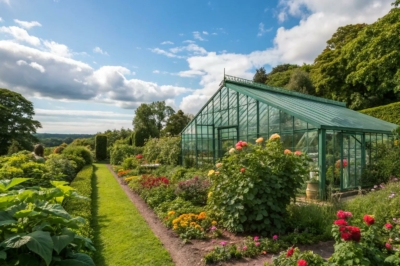1. Rainwater Harvesting Greenhouse
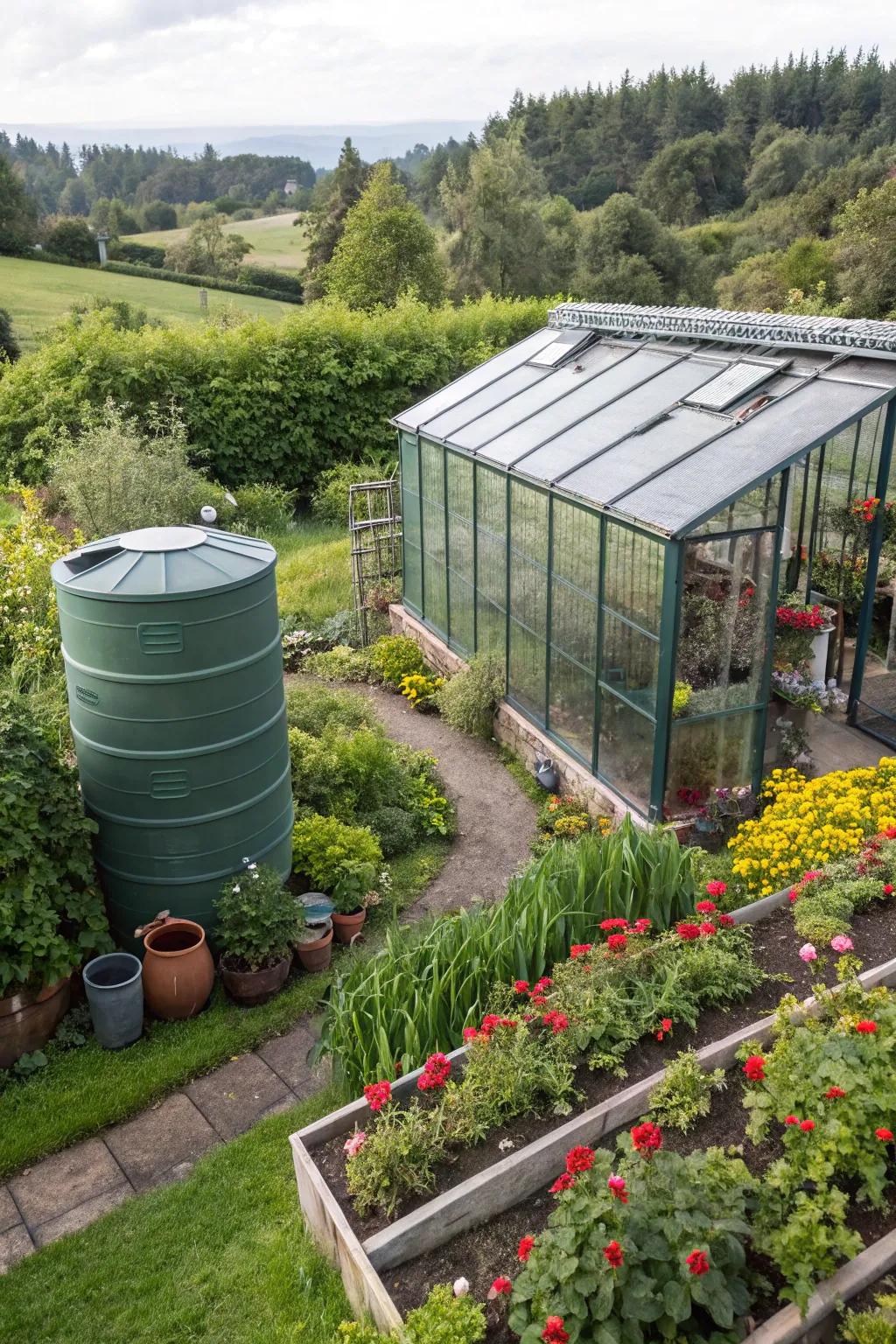
Incorporate sustainable practices with a rainwater harvesting greenhouse. I’ve installed a system to collect rainwater, keeping my plants hydrated naturally.
These products might help:
- Rainwater Collection System: Harvest rainwater efficiently using a collection system to naturally hydrate your greenhouse plants.
- Water Storage Barrel: Store collected rainwater securely in large capacity barrels, ideal for consistent greenhouse irrigation.
- Drip Irrigation Kit: Implement a drip irrigation kit to distribute stored rainwater evenly across your plants.
2. DIY Recycled Greenhouse
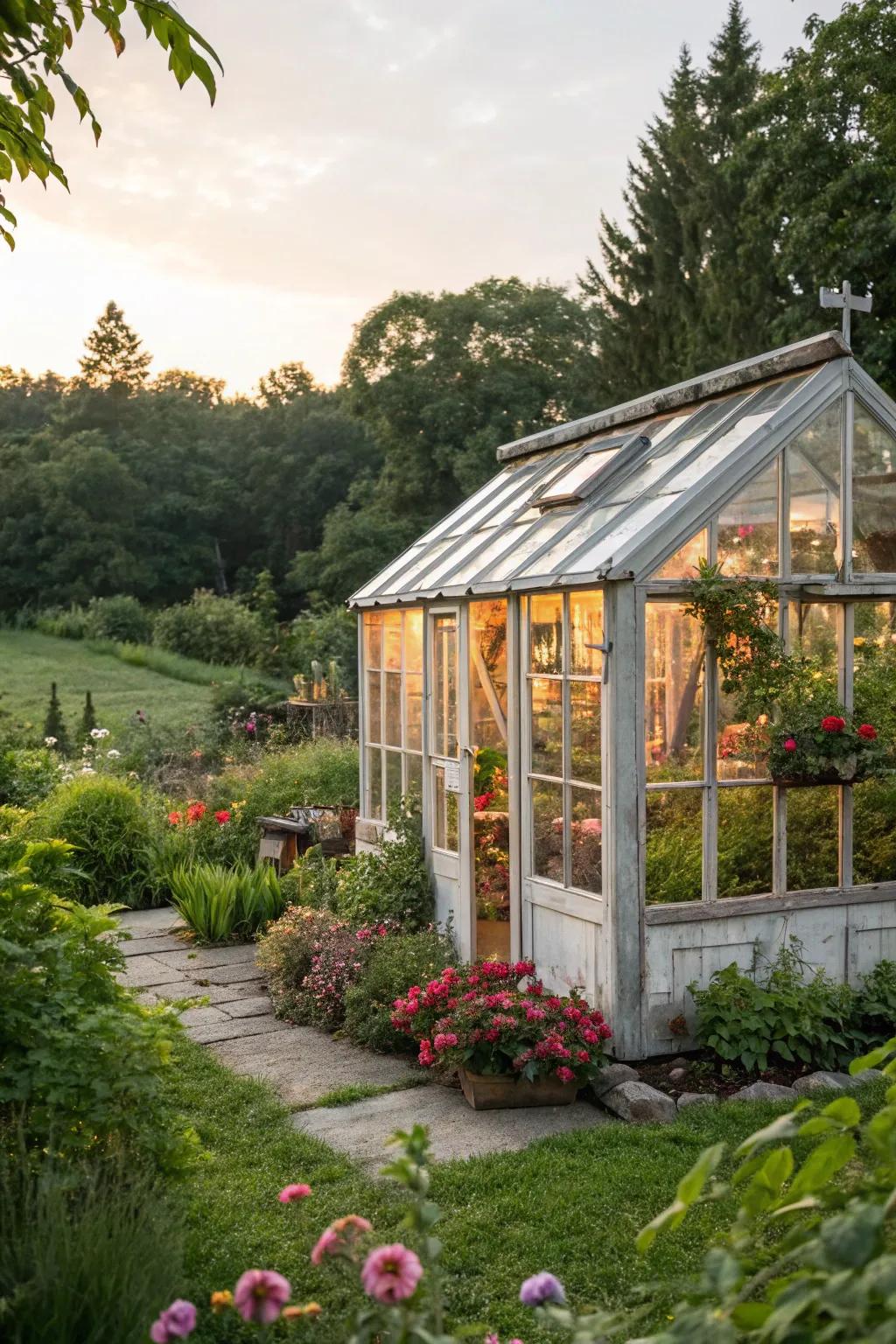
Building a greenhouse from recycled materials is both eco-friendly and budget-conscious. I once crafted a charming structure using old windows, and it added a unique, rustic touch to my garden.
Products that could assist:
- Reclaimed Wood Panels: Enhance your greenhouse’s rustic charm with eco-friendly reclaimed wood panels for structural support.
- Weatherproof Wood Sealant: Protect your recycled materials from the elements with a durable, weatherproof wood sealant.
- Solar-Powered Ventilation Fan: Improve air circulation in your greenhouse with an efficient solar-powered ventilation fan.
3. Lean-to Greenhouse
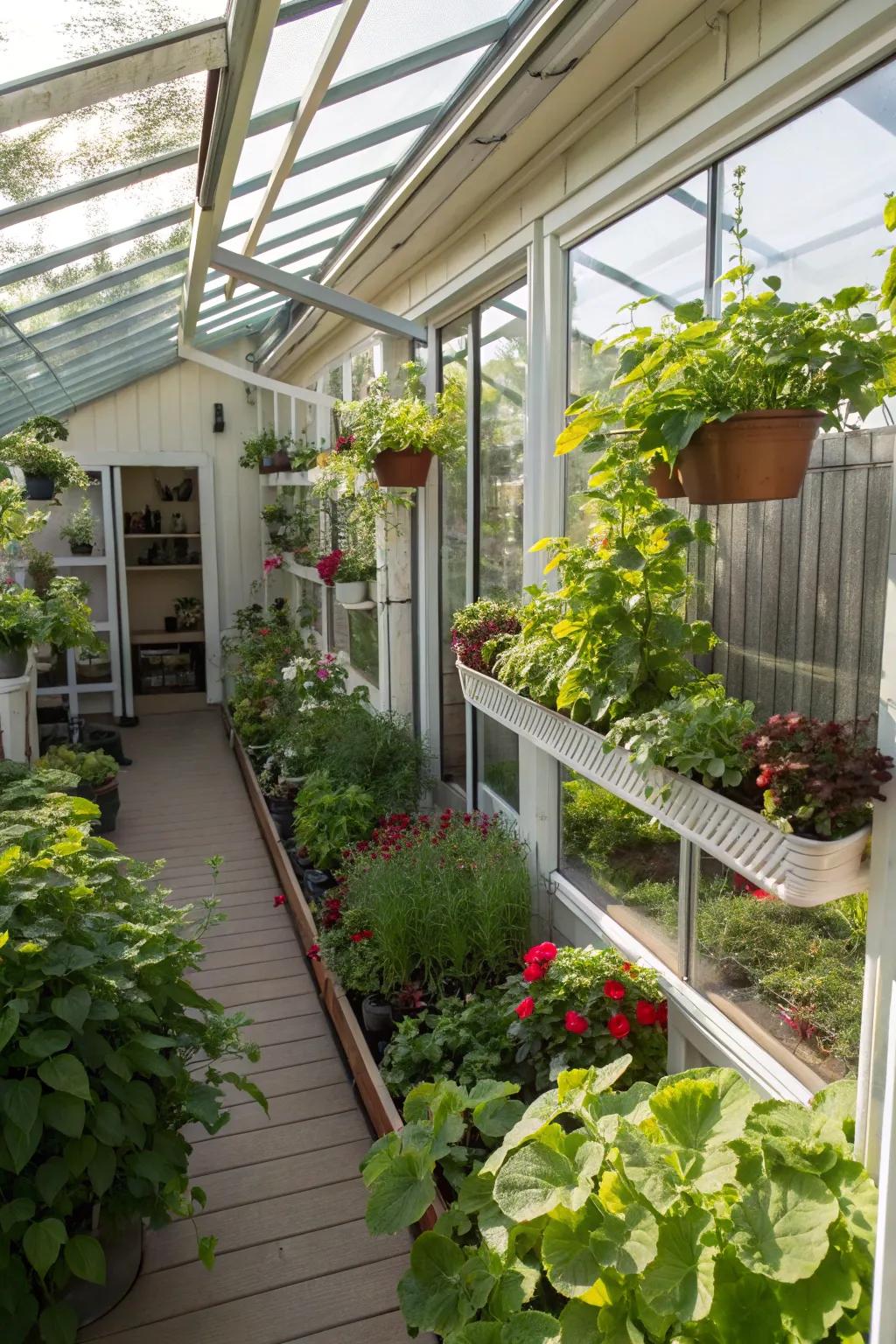
If you’re tight on space, a lean-to greenhouse is a smart solution that attaches directly to your house. I’ve seen these transform even the smallest yards into productive, plant-filled havens.
Possibly handy products:
- Lean-to Greenhouse Kit: Enhance your home’s garden space with an efficient lean-to greenhouse kit, perfect for any yard.
- Adjustable Shelving Units: Maximize your planting space with durable, adjustable shelving units for organized, vertical growth.
- Hanging Plant Pots: Create a vibrant vertical garden with hanging plant pots, ideal for limited space in your greenhouse.
4. Modular Greenhouse
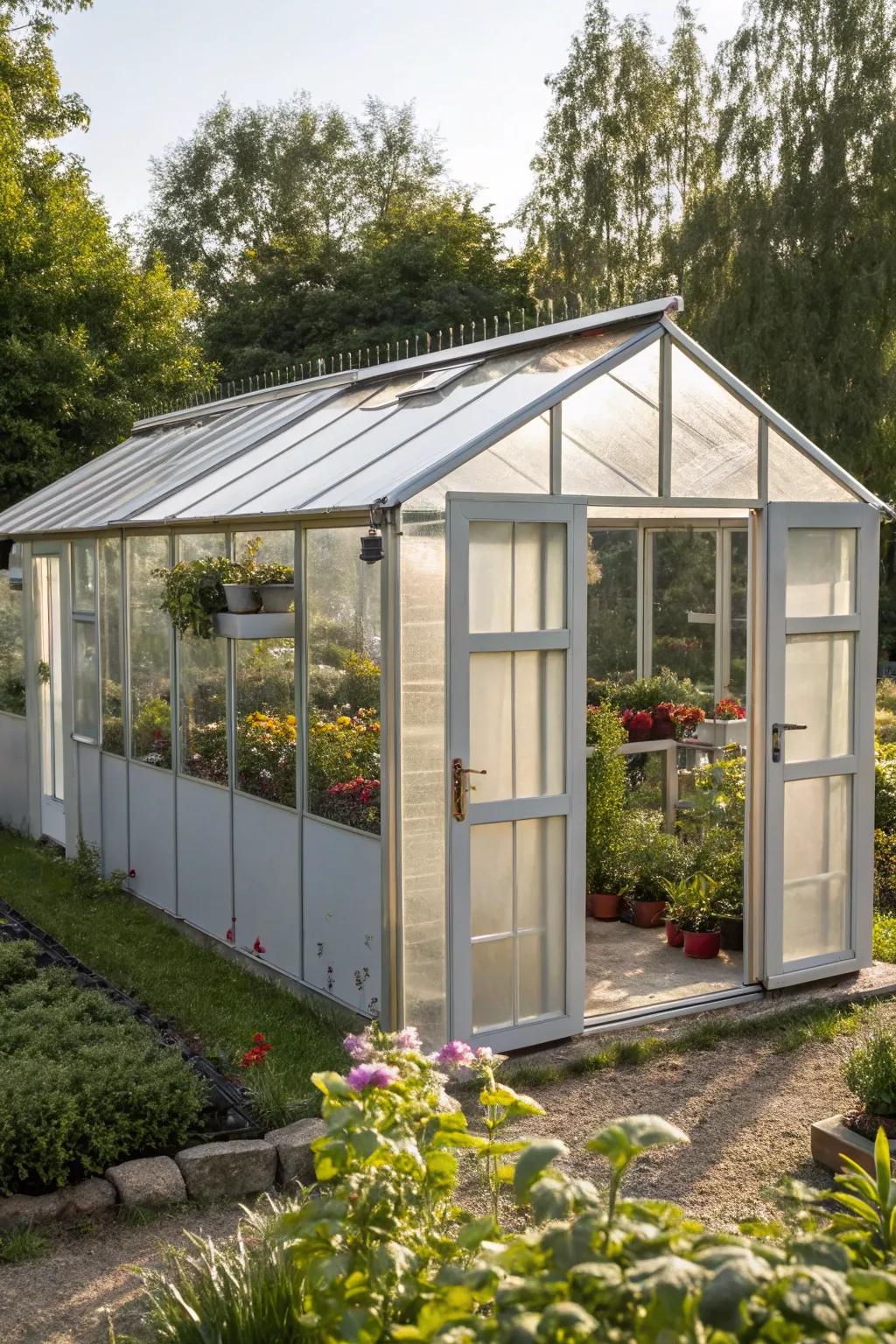
A modular greenhouse offers flexibility with its easily assembled and reconfigured design. I love how adaptable it is to changing gardening needs and spaces.
Explore these options:
- Expandable Greenhouse Panels: Easily expand your modular greenhouse with these adaptable panels—perfect for any gardening need.
- Modular Greenhouse Shelving: Organize your plants efficiently with adjustable shelving designed for modular greenhouses.
- Interlocking Footing System: Ensure stability for your greenhouse with an easy-to-install interlocking footing system.
5. Transparent Dome Greenhouse
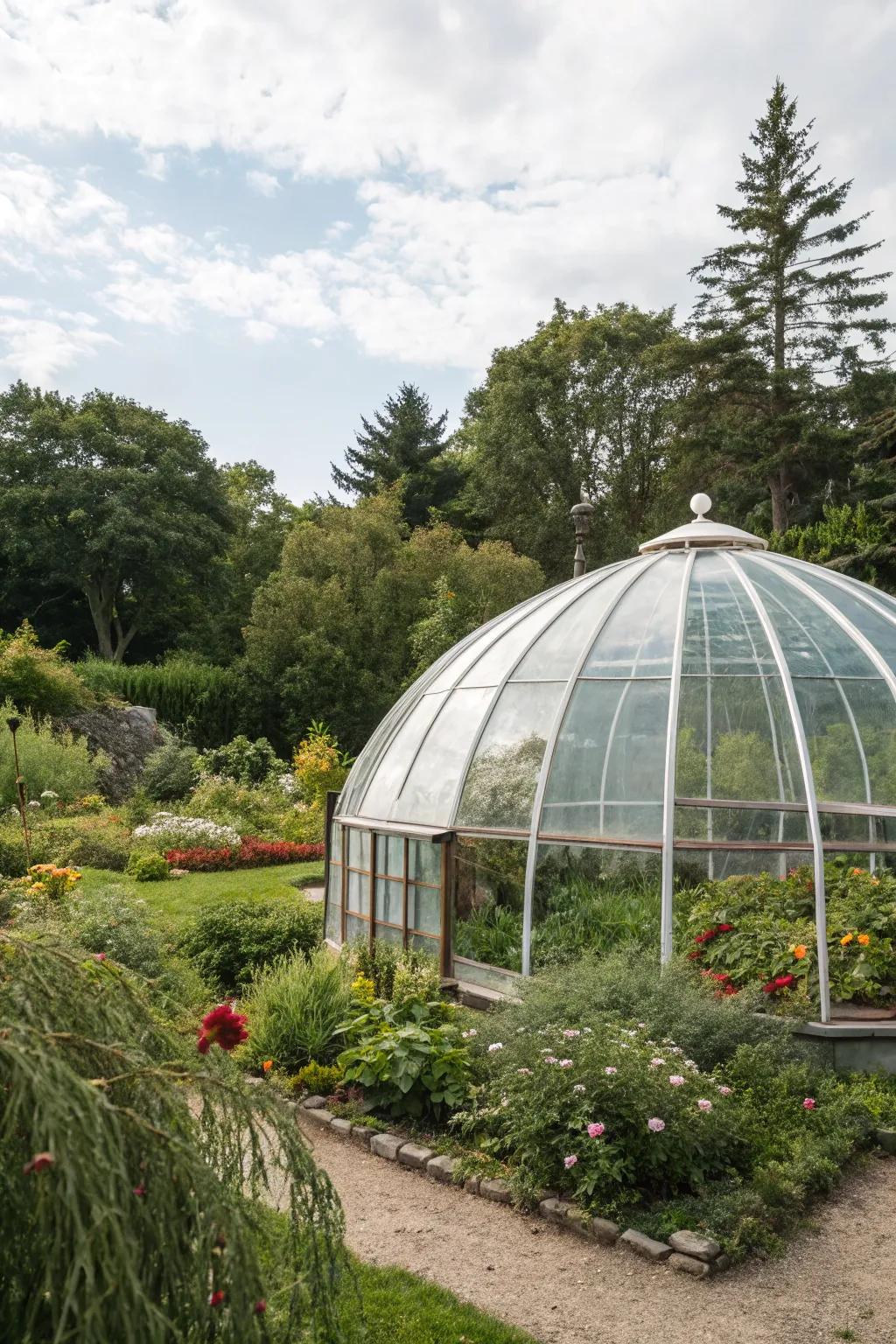
A transparent dome greenhouse is as much an architectural statement as it is practical. The one I visited recently offered panoramic views and incredible light for its thriving plants.
These products might be useful:
- Polycarbonate Greenhouse Panels: Enhance light permeability and insulation in your dome greenhouse with durable polycarbonate panels.
- Automatic Greenhouse Vent Opener: Maintain optimal temperature effortlessly with an automatic vent opener for your greenhouse.
- Solar-Powered Greenhouse Fan: Improve air circulation using an eco-friendly solar-powered fan for your greenhouse environment.
6. Solar-Powered Greenhouse

Harness the power of the sun with a solar-powered greenhouse. I’ve installed solar panels on mine, ensuring my plants have the optimal environment while keeping energy use sustainable.
Check these products out:
- Solar Panel Kit for Greenhouse: Power your greenhouse sustainably. Install this solar kit for efficient energy use and savings.
- Greenhouse Ventilation Fan: Keep your plants cool and well-ventilated. Add a solar-powered fan to your greenhouse setup.
- Solar-Powered Water Pump: Ensure optimal irrigation with a solar water pump. Maintain your garden’s health sustainably.
7. Classic Glasshouse Charm
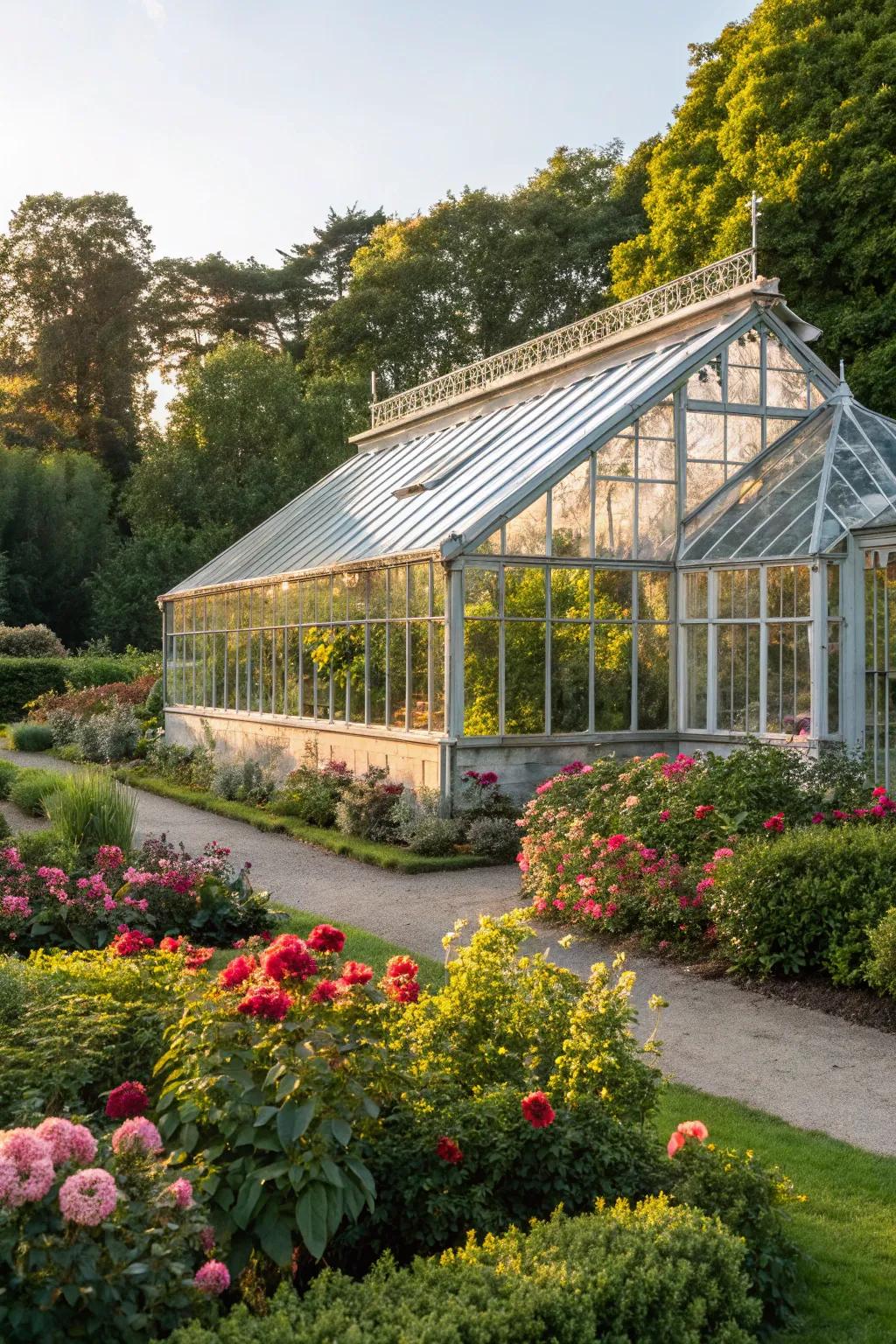
There’s something undeniably enchanting about a traditional glasshouse that feels like stepping into a botanical wonderland. My own garden boasts one, and it’s the perfect space for nurturing delicate blooms while enjoying the view of my backyard.
Possibly helpful picks:
- Traditional Glass Greenhouse Kit: Transform your garden with this elegant glasshouse, perfect for showcasing delicate blooms beautifully.
- Antique Style Garden Bench: Enhance your glasshouse decor with this charming bench, ideal for relaxing amongst your plants.
- Solar-Powered Garden Lights: Illuminate your glasshouse with eco-friendly lights, adding magical evening ambiance and enhancing visibility.
8. Bamboo Greenhouse
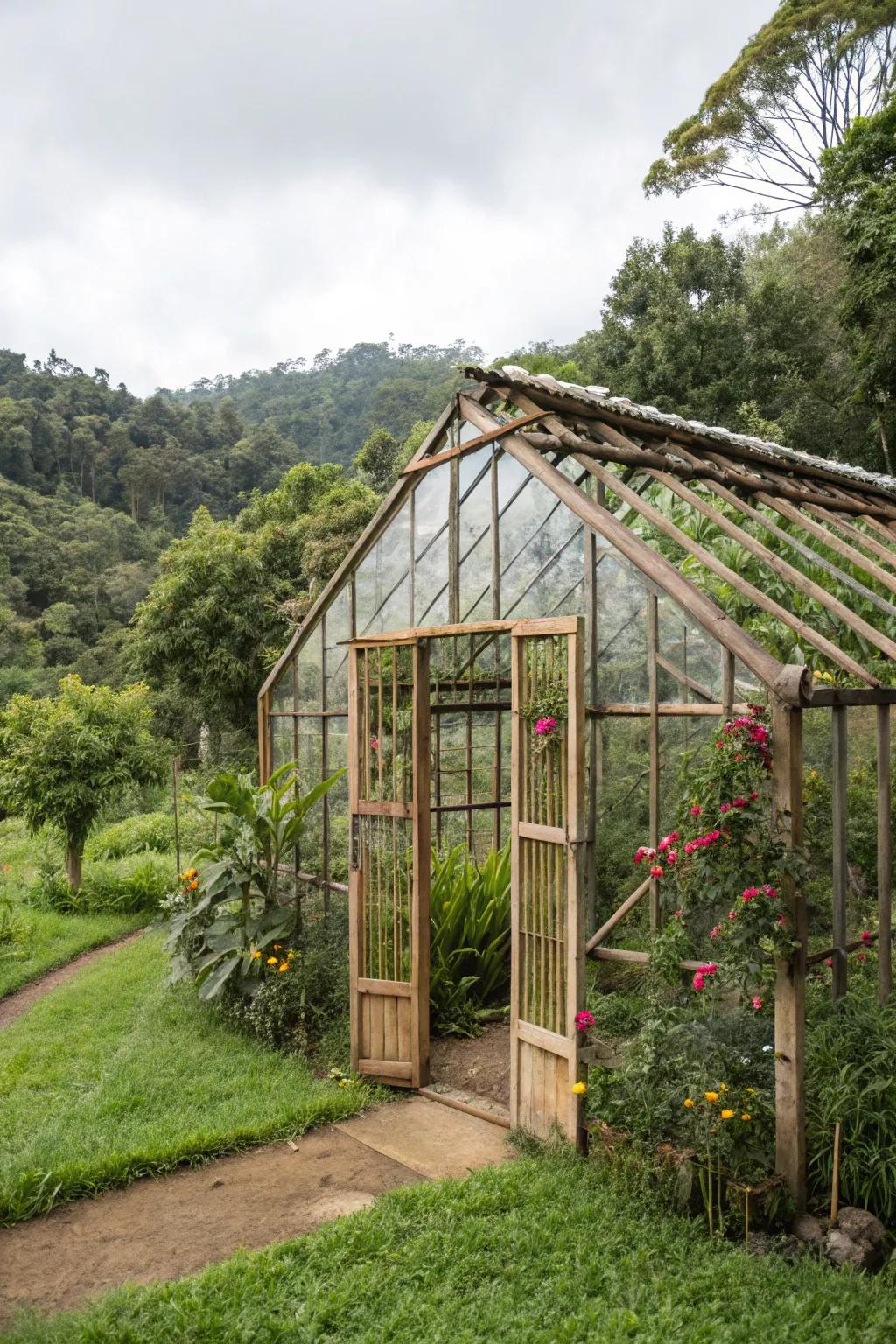
For a natural touch, construct a bamboo greenhouse. I built one using this strong, sustainable material, and it blends beautifully with the surrounding landscape.
You might like:
- Bamboo Garden Stakes: Utilize strong bamboo stakes to enhance the structural integrity of your bamboo greenhouse.
- Greenhouse Plastic Sheeting: Cover your bamboo greenhouse with durable sheeting for optimal plant protection.
- Bamboo Trellis: Add a bamboo trellis to support climbing plants in your natural greenhouse setting.
9. Vertical Garden Greenhouse
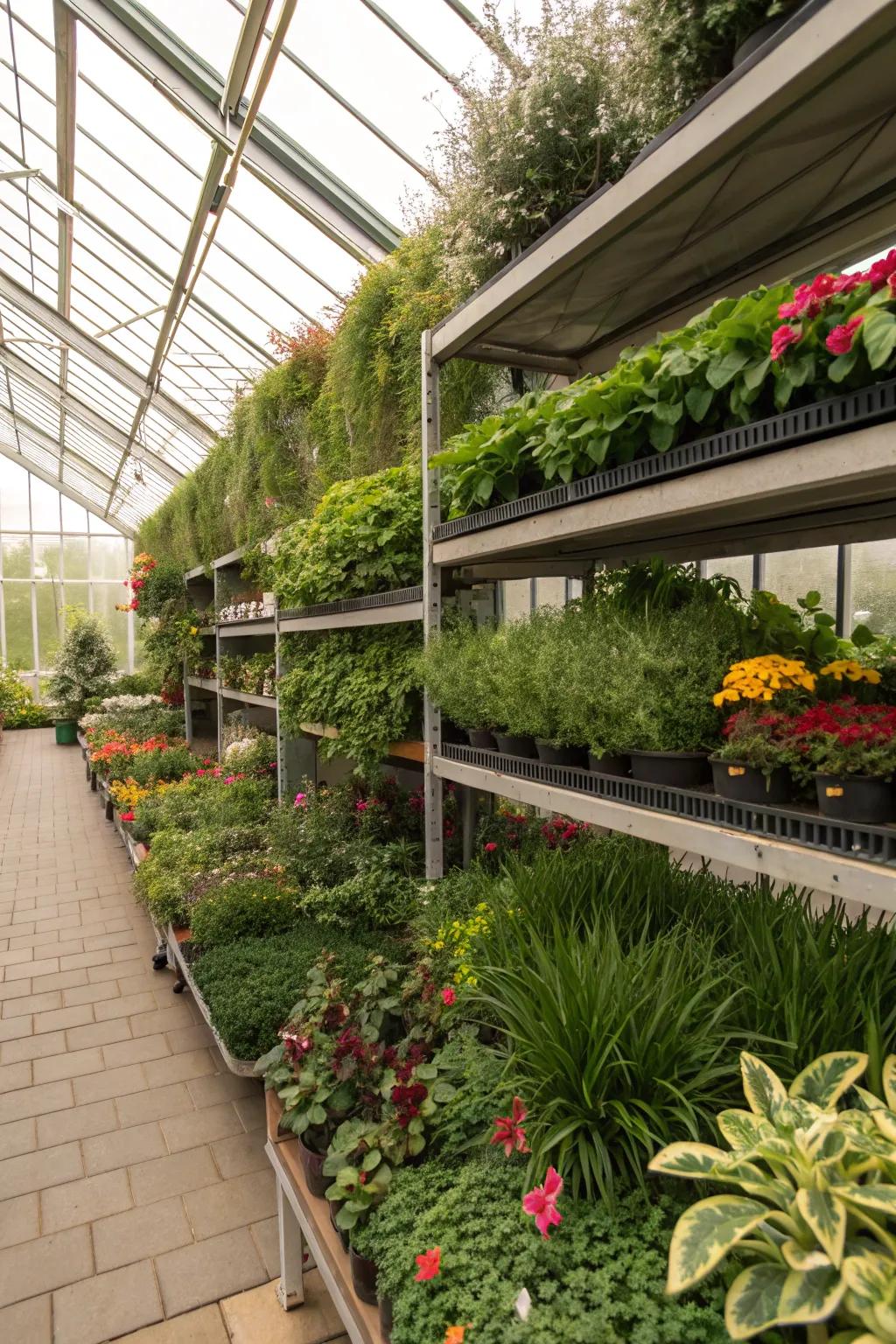
Maximize your growing space with a vertical garden greenhouse. In my backyard, I’ve stacked plants on shelves to create a lush, green wall that’s both functional and beautiful.
Consider these options:
- Adjustable Plant Shelving Unit: Organize your plants with this sturdy shelving unit, optimizing your vertical space effectively.
- Self-Watering Planter Boxes: Reduce maintenance with these self-watering planter boxes, ensuring plants stay hydrated efficiently.
- Vertical Garden Wall Planters: Create a striking green display with these easy-to-mount vertical garden wall planters.
10. Mushroom Greenhouse

Dedicate a part of your greenhouse to mushroom cultivation. I’ve grown a variety of gourmet mushrooms, adding a new dimension to my gardening adventures.
Some handy options:
- Mushroom Growing Kits: Start cultivating gourmet mushrooms effortlessly with beginner-friendly mushroom growing kits.
- Humidity Control Devices: Maintain ideal conditions for mushrooms by using reliable humidity control devices in your greenhouse.
- Mushroom Substrate Packs: Enhance growth of your mushrooms with nutrient-rich substrate packs tailored for various mushroom types.
11. Smart Greenhouse
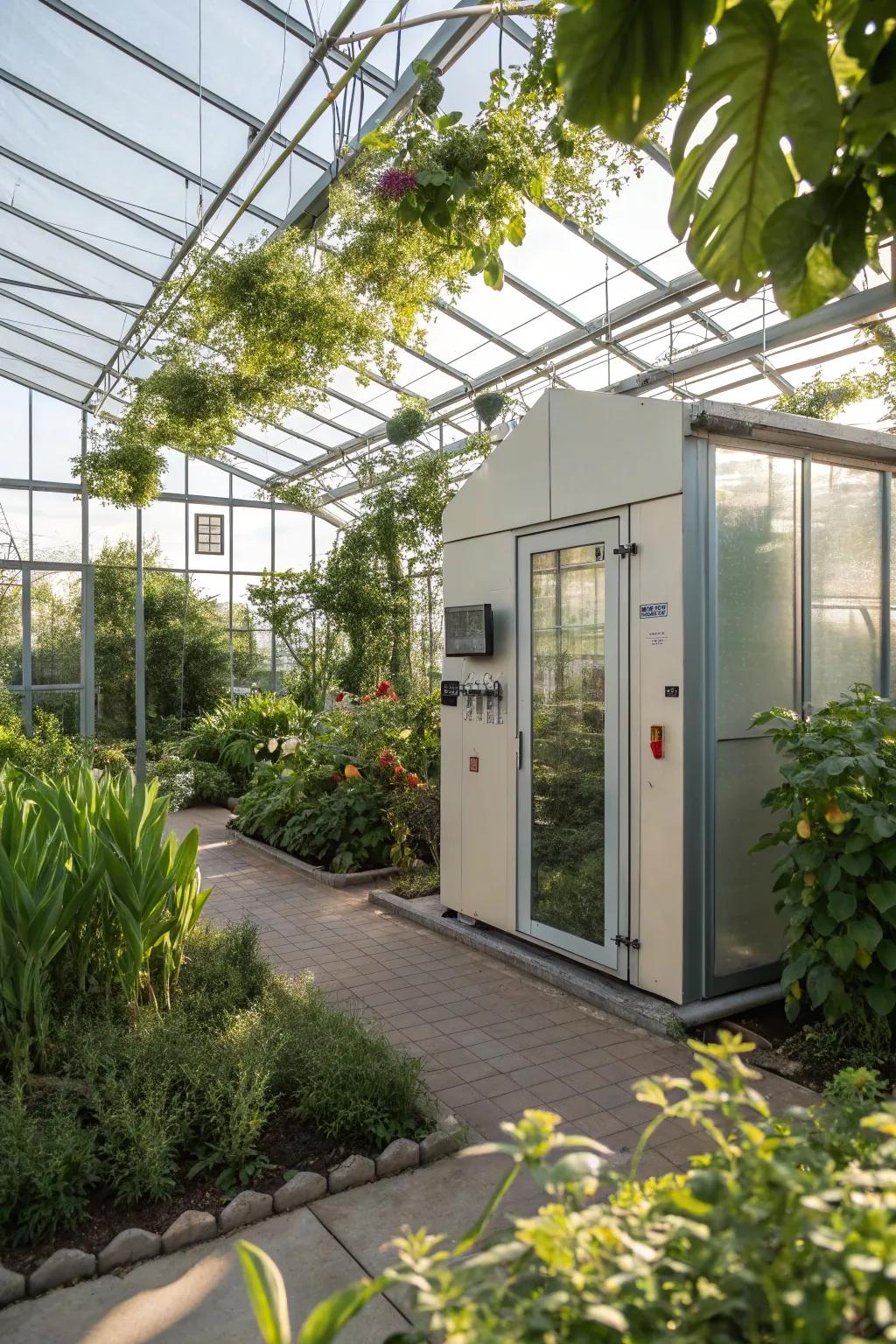
Bring technology into the garden with a smart greenhouse. Using automated systems for irrigation and climate control, mine practically takes care of itself!
May just do the trick:
- Automated Irrigation System: Keep your plants perfectly watered with a smart, automated irrigation system. Save time and effort!
- Climate Control System: Ensure optimal temperature and humidity in your greenhouse effortlessly with a climate control system.
- Smart Sensor Kit: Monitor your greenhouse conditions in real-time with smart sensors. Stay informed and in control!
12. Geothermal Greenhouse
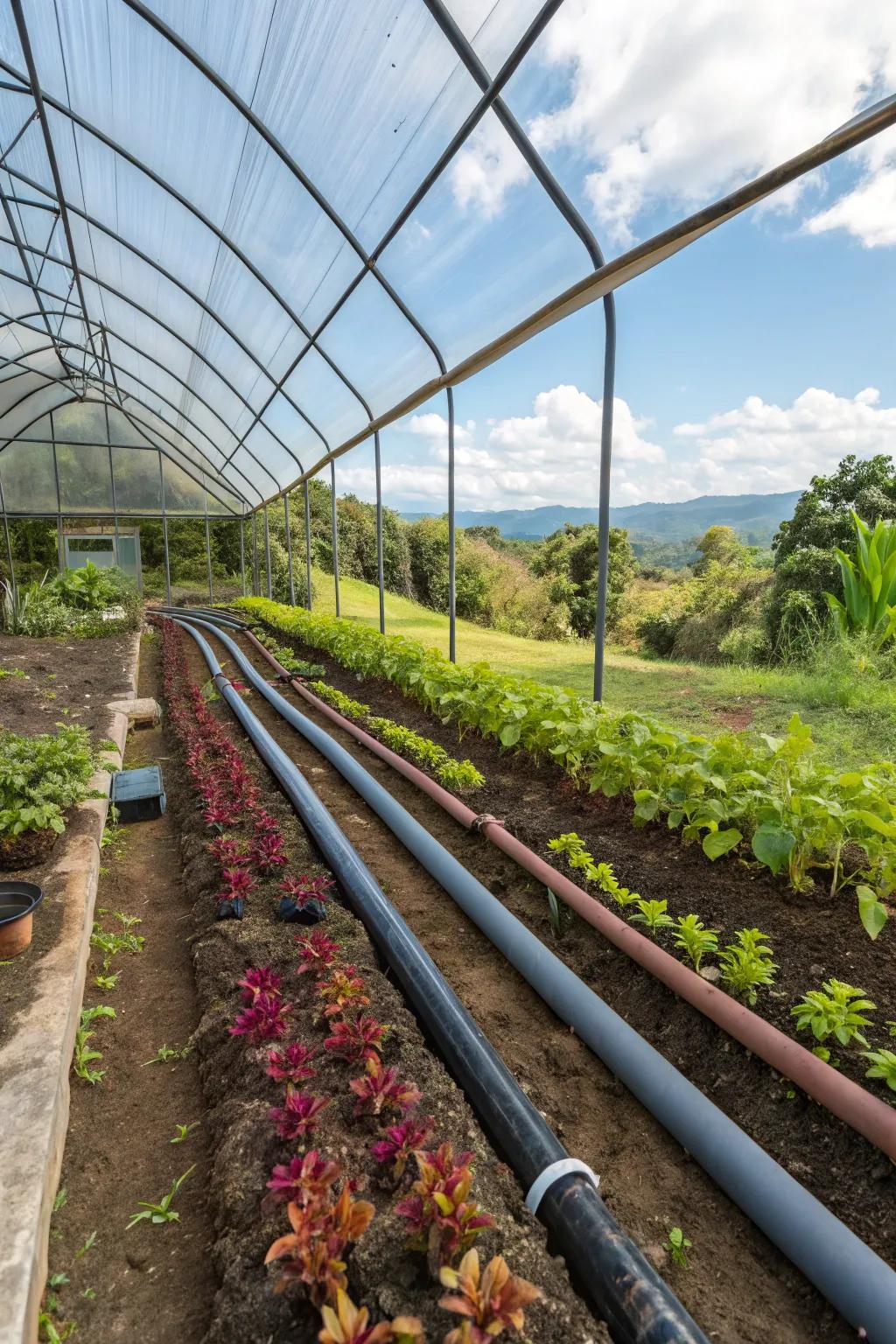
Leverage the earth’s natural heat with a geothermal greenhouse. I use underground pipes to maintain a consistent temperature, making it perfect for year-round growing.
A few things you might like:
- Geothermal Heat Transfer Tubing: Ensure consistent temperature in your greenhouse with durable heat transfer tubing. Optimize growth effortlessly.
- Greenhouse Ventilation System: Maintain air flow and control humidity efficiently. Ideal for a balanced greenhouse climate.
- Temperature Control Thermostat: Monitor and adjust your greenhouse temperature precisely. Keep plants thriving year-round.
13. Urban Rooftop Greenhouse
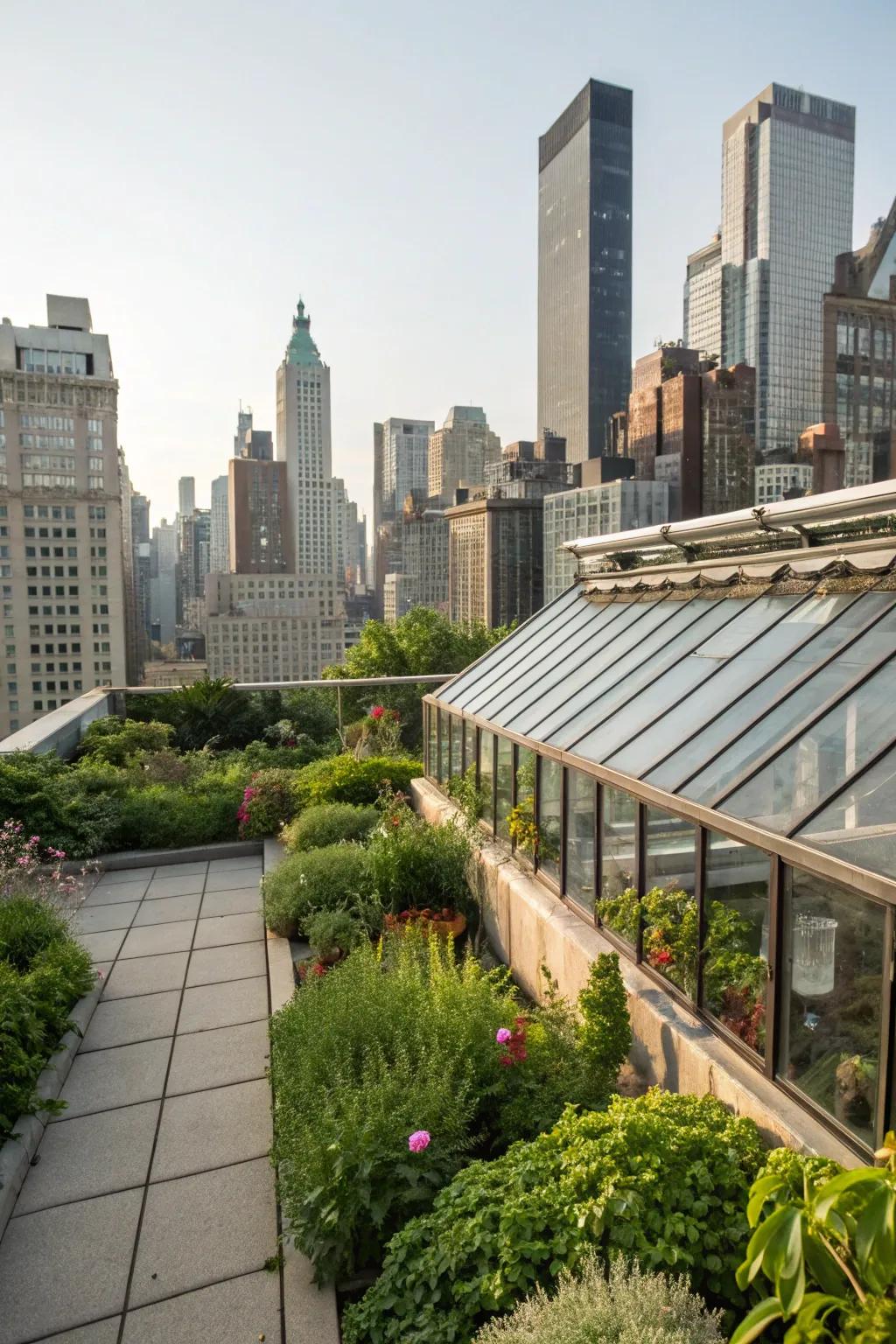
Transform unused urban spaces with a rooftop greenhouse. In the city, I’ve seen these provide a surprising oasis of greenery amidst the concrete jungle.
A few choices to try:
- Compact Greenhouse Kit: Start your urban gardening adventure with an easy-to-install compact greenhouse kit today.
- Automatic Watering System: Ensure your plants thrive effortlessly with a reliable automatic watering system for your greenhouse.
- Solar-Powered Ventilation Fan: Maintain optimal temperature control with an eco-friendly solar-powered ventilation fan for greenhouses.
